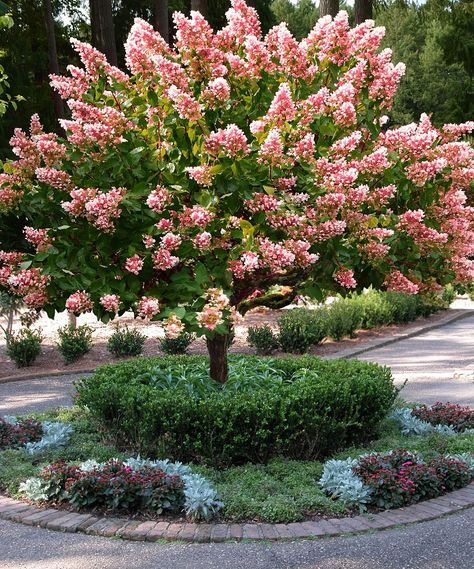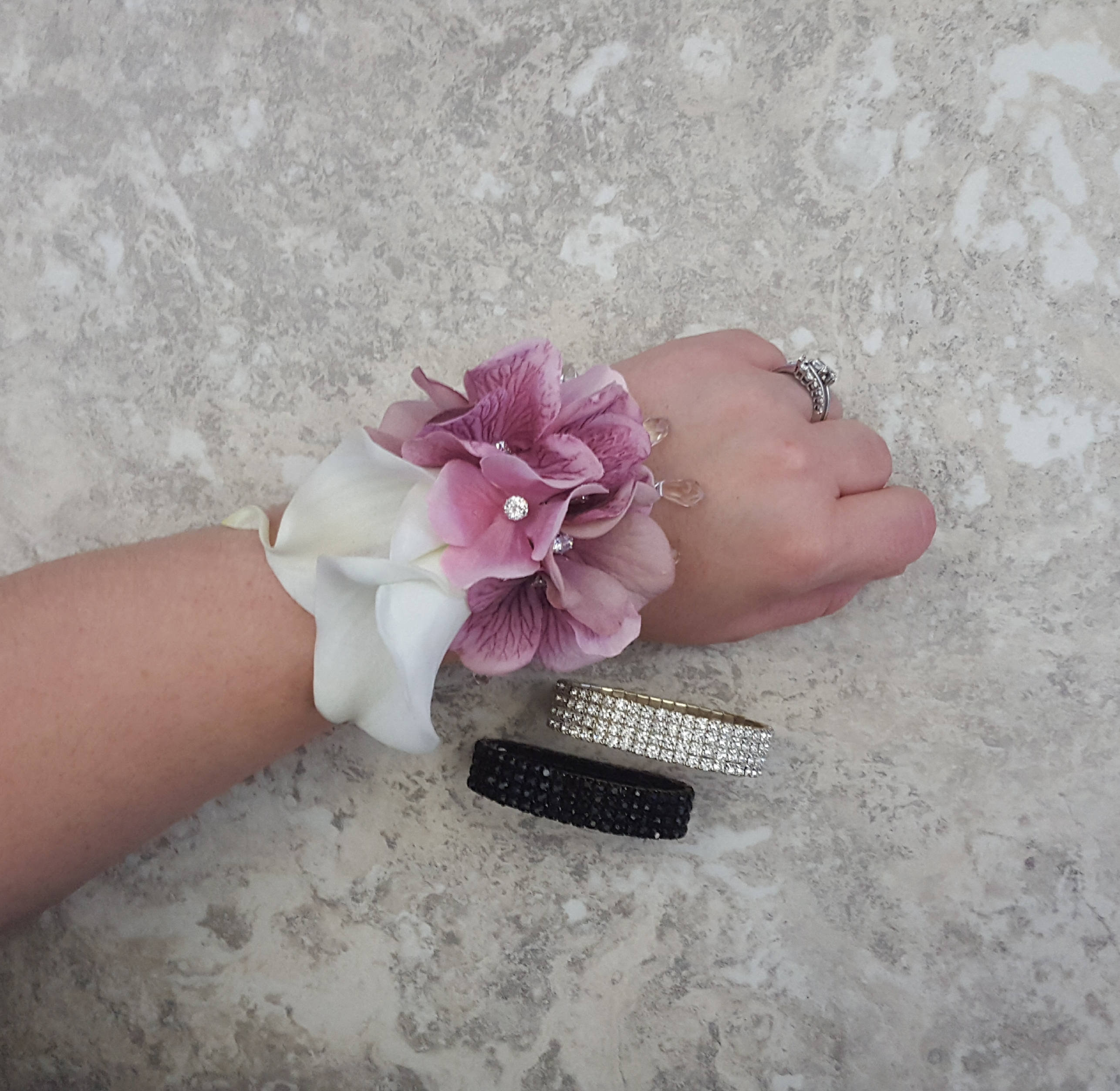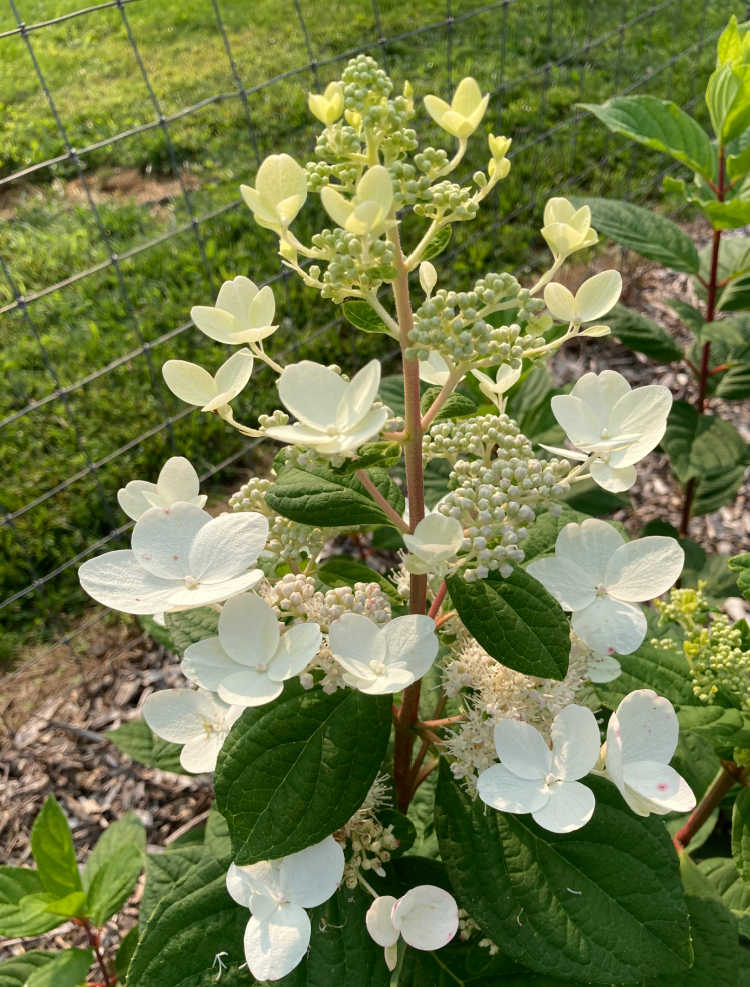Pink Diamond Hydrangea: The Ultimate Guide To Growing And Caring For This Gorgeous Flower
Title: Pink Diamond Hydrangea: The Ultimate Guide to Growing and Caring for This Gorgeous Flower
Introduction:
Pink Diamond Hydrangea is a beautiful and easy-to-grow shrub that is perfect for adding a touch of elegance to any garden. The flowers are large and showy, and they can range in color from white to pink to blue, depending on the acidity of the soil. Pink Diamond Hydrangea is also relatively drought-tolerant, making it a good choice for gardens in hot, dry climates.
In this blog post, we will provide you with an ultimate guide to growing and caring for Pink Diamond Hydrangea. We will cover everything from choosing the right location to planting and pruning, as well as tips on how to keep your plants healthy and blooming year after year.
Main Content:
Choosing the Right Location
Pink Diamond Hydrangeas prefer full sun to partial shade. They will tolerate full shade, but the flowers will not be as showy. The soil should be well-drained and rich in organic matter. If your soil is sandy or clayey, you will need to add compost or other organic matter to improve drainage.
Planting
Pink Diamond Hydrangeas can be planted in the spring or fall. When planting, dig a hole that is twice the width and depth of the root ball. Backfill the hole with soil, tamping it down gently. Water the plant well after planting.
Pruning
Pink Diamond Hydrangeas should be pruned in the spring, before the new growth begins. The goal of pruning is to remove dead, diseased, or damaged branches. You can also prune to shape the plant or to control its size.
Watering
Pink Diamond Hydrangeas need regular watering, especially during their first year in the ground. Once established, they are more drought-tolerant. Water deeply and infrequently, aiming to soak the soil to a depth of 12 inches.
Fertilizing
Pink Diamond Hydrangeas benefit from a balanced fertilizer application in the spring. You can use a slow-release fertilizer or a liquid fertilizer. Follow the directions on the fertilizer label.
Winter Care
In cold climates, Pink Diamond Hydrangeas may need to be protected from winter cold. Mulch the soil around the plant with a layer of 2 to 3 inches of organic matter, such as leaves, straw, or pine needles. You may also need to cover the plant with a burlap sack or other protective material.
Troubleshooting
Pink Diamond Hydrangeas are generally resistant to pests and diseases. However, they may be susceptible to powdery mildew, leaf spot, and aphids. If you see any signs of pests or diseases, treat them immediately with an appropriate pesticide or fungicide.
Conclusion
With proper care, Pink Diamond Hydrangeas will thrive in your garden for many years to come. They are a beautiful and versatile plant that can be used in a variety of settings. So what are you waiting for? Add a Pink Diamond Hydrangea to your garden today!
Pink diamond hydrangeas are a beautiful and versatile plant that can add a touch of elegance to any garden. They bloom best in full sun but will tolerate light shade. Unlike most hydrangeas, they have good drought tolerance, but bloom size will be reduced under drier conditions. Once established, pink diamond hydrangeas should be pruned hard in late spring to encourage long shoots with big flowers.
For more information about pink diamond hydrangeas, visit this website: https://www.uaex.uada.edu/yard-garden/resource-library/plant-week/pink-diamond-hydrangea.aspx.
FAQ of pink diamond hydrangea
- What is a pink diamond hydrangea?
A pink diamond hydrangea is a type of hydrangea that is known for its large, pink flowers. It is a deciduous shrub or small tree that can grow up to 10 feet tall. Pink diamond hydrangeas bloom in late spring to early summer, and their flowers can last for several weeks.
- Where does the pink diamond hydrangea come from?
The pink diamond hydrangea was first developed in Japan in the early 1900s. It was introduced to the United States in the 1950s, and it has become a popular garden plant in many parts of the country.
- How do I care for a pink diamond hydrangea?
Pink diamond hydrangeas are relatively easy to care for. They prefer full sun but will tolerate light shade. They need regular watering, especially during the hot summer months. Pink diamond hydrangeas are also relatively drought-tolerant once they are established. They do not need to be fertilized often, but a light application of fertilizer in the spring will help them to bloom more profusely.
- What are the benefits of planting a pink diamond hydrangea?
There are many benefits to planting a pink diamond hydrangea. They are beautiful, long-blooming shrubs that can add a touch of elegance to any garden. They are also relatively easy to care for, making them a good choice for even novice gardeners. Pink diamond hydrangeas can also help to attract pollinators to your garden.
- What are some common problems with pink diamond hydrangeas?
The most common problem with pink diamond hydrangeas is leaf spot. Leaf spot is a fungal disease that can cause unsightly spots on the leaves of the plant. To prevent leaf spot, it is important to water the plant regularly and to avoid overwatering. You should also remove any affected leaves from the plant.
Another common problem with pink diamond hydrangeas is aphid infestation. Aphids are small, sap-sucking insects that can cause the leaves of the plant to turn yellow or wilt. To control aphids, you can use insecticidal soap or neem oil. You can also try to remove aphids by hand.
- How do I propagate a pink diamond hydrangea?
Pink diamond hydrangeas can be propagated by rooting cuttings. To root cuttings, take 4-6 inch long cuttings from the plant in the spring or early summer. Remove the lower leaves from the cuttings and dip the cut ends in rooting hormone. Plant the cuttings in a well-draining potting mix and keep the mix moist. The cuttings should root in 4-6 weeks.
Image of pink diamond hydrangea
- A close-up of a single pink diamond hydrangea flower, showing its delicate petals and dark green center.

- A full shot of a pink diamond hydrangea bush, in full bloom. The flowers are a light pink color, and they are arranged in large, conical clusters.

- A pink diamond hydrangea bush, planted in a garden. The flowers are blooming in shades of pink and white, and they are surrounded by lush green foliage.

- A pink diamond hydrangea bush, in the fall. The flowers have faded to a pale pink color, and they are surrounded by red and orange leaves.

- A pink diamond hydrangea bush, in a vase. The flowers are arranged in a tall vase, and they add a touch of elegance to any room.

- A pink diamond hydrangea bush, in a wreath. The flowers are arranged in a circular shape, and they make a beautiful and festive decoration.
- A pink diamond hydrangea bush, in a boutonniere. The flower is pinned to a lapel, and it adds a touch of elegance to a formal outfit.

- A pink diamond hydrangea bush, in a wedding bouquet. The flowers are arranged in a cascading bouquet, and they make a beautiful and romantic centerpiece for a wedding.

- A pink diamond hydrangea bush, in a landscaped setting. The flowers are planted in a bed of lush green foliage, and they add a touch of color and interest to the landscape.

- A pink diamond hydrangea bush, in a forest setting. The flowers are blooming in the dappled sunlight, and they add a touch of beauty and elegance to the forest.


Post a Comment for "Pink Diamond Hydrangea: The Ultimate Guide To Growing And Caring For This Gorgeous Flower"